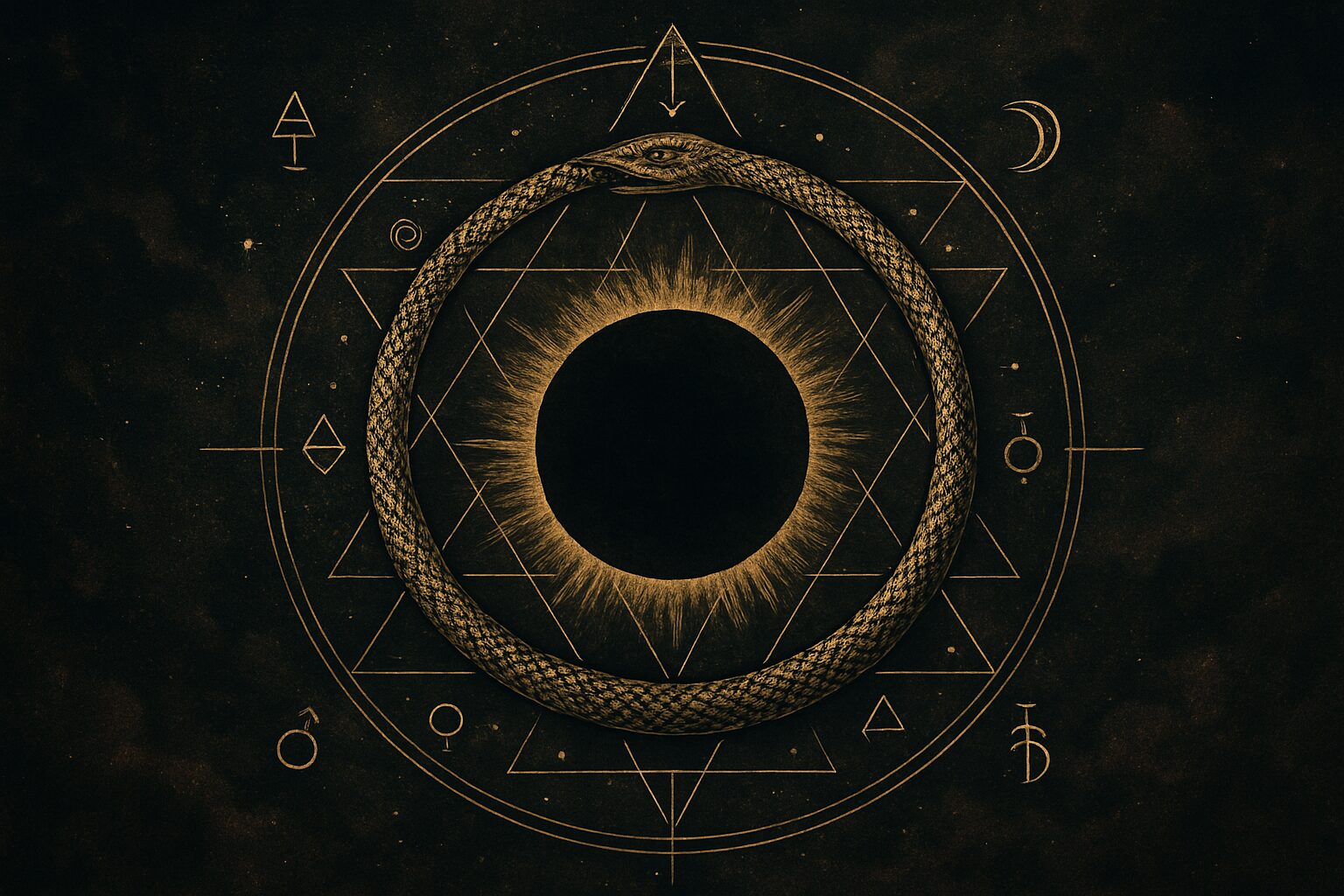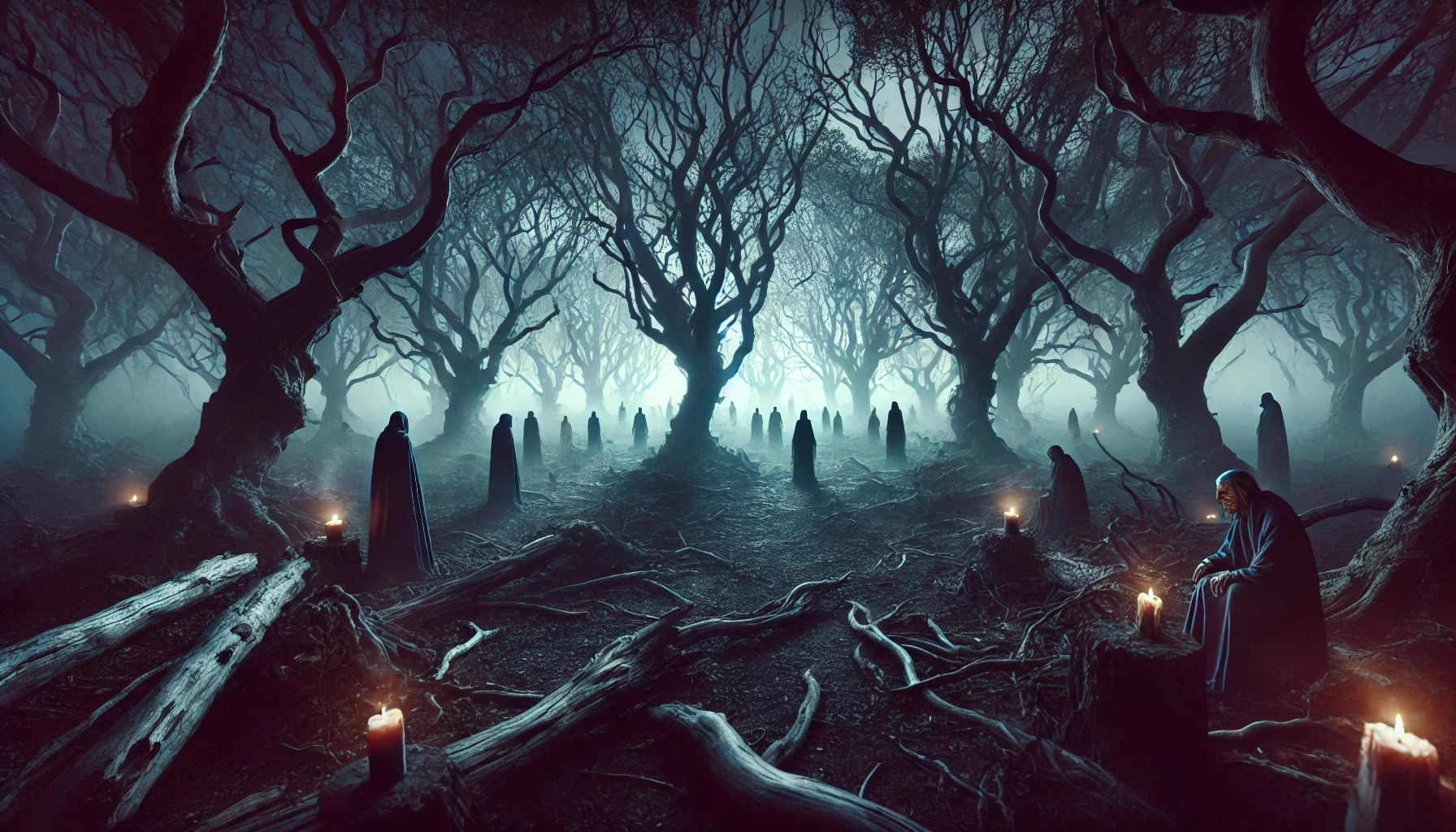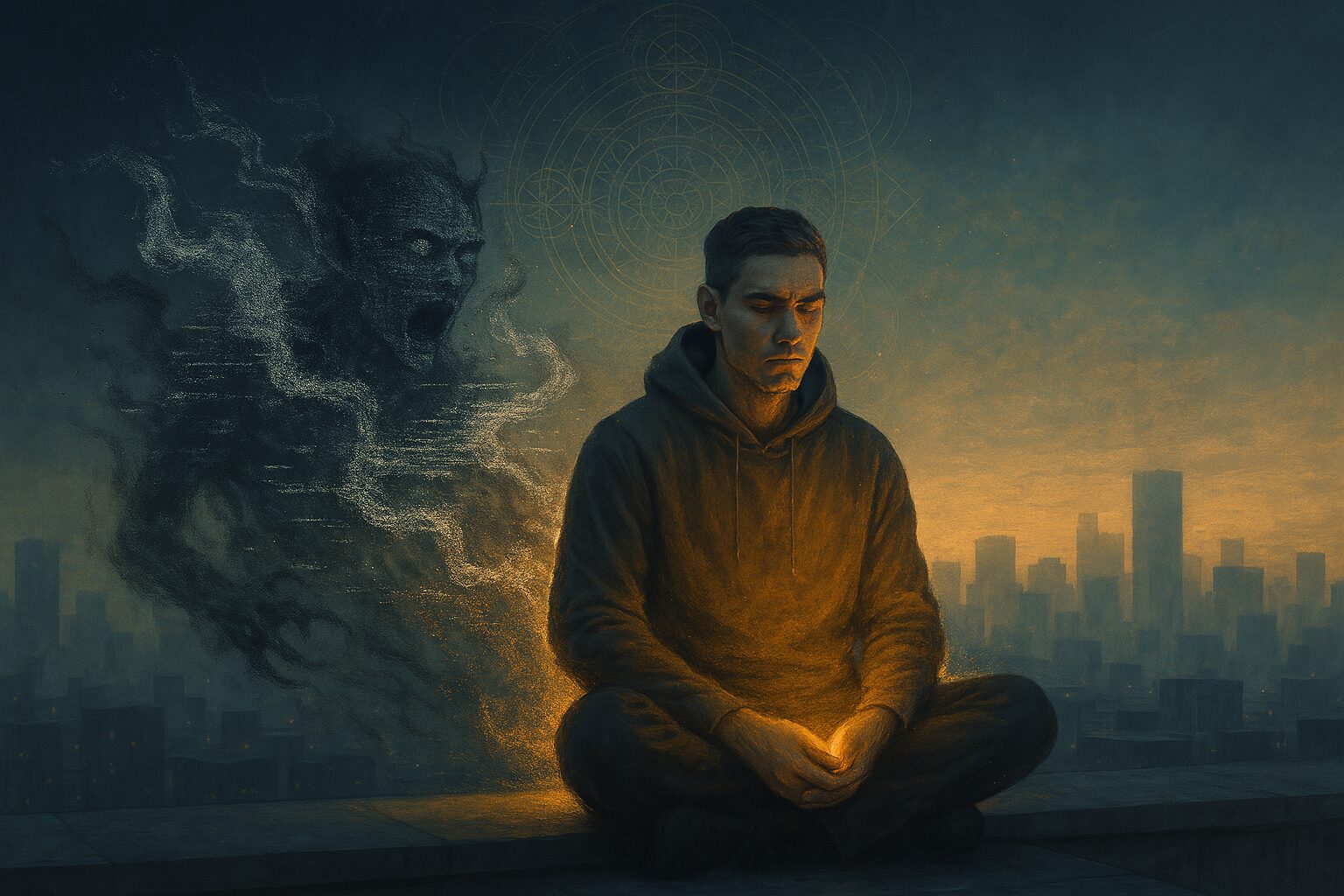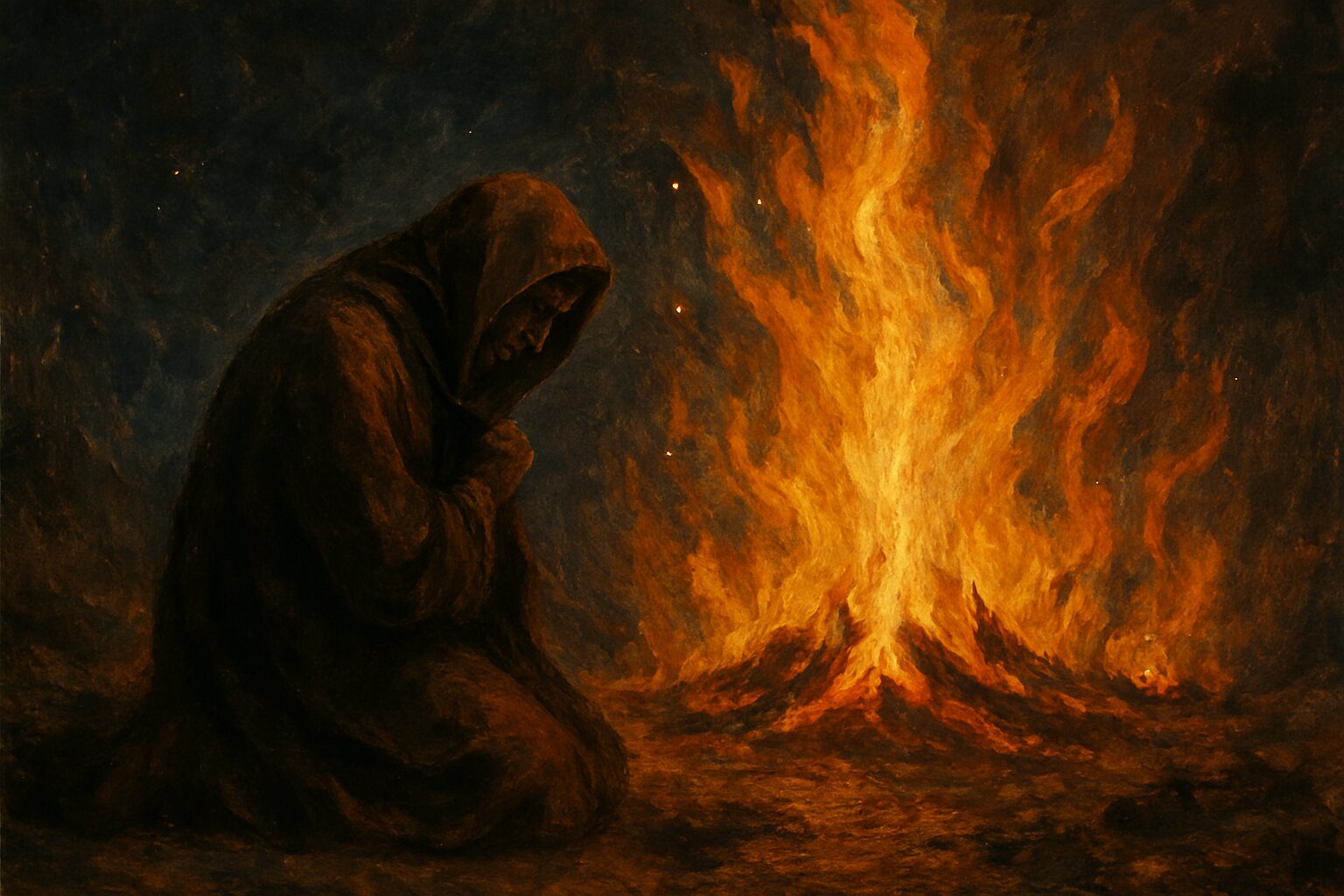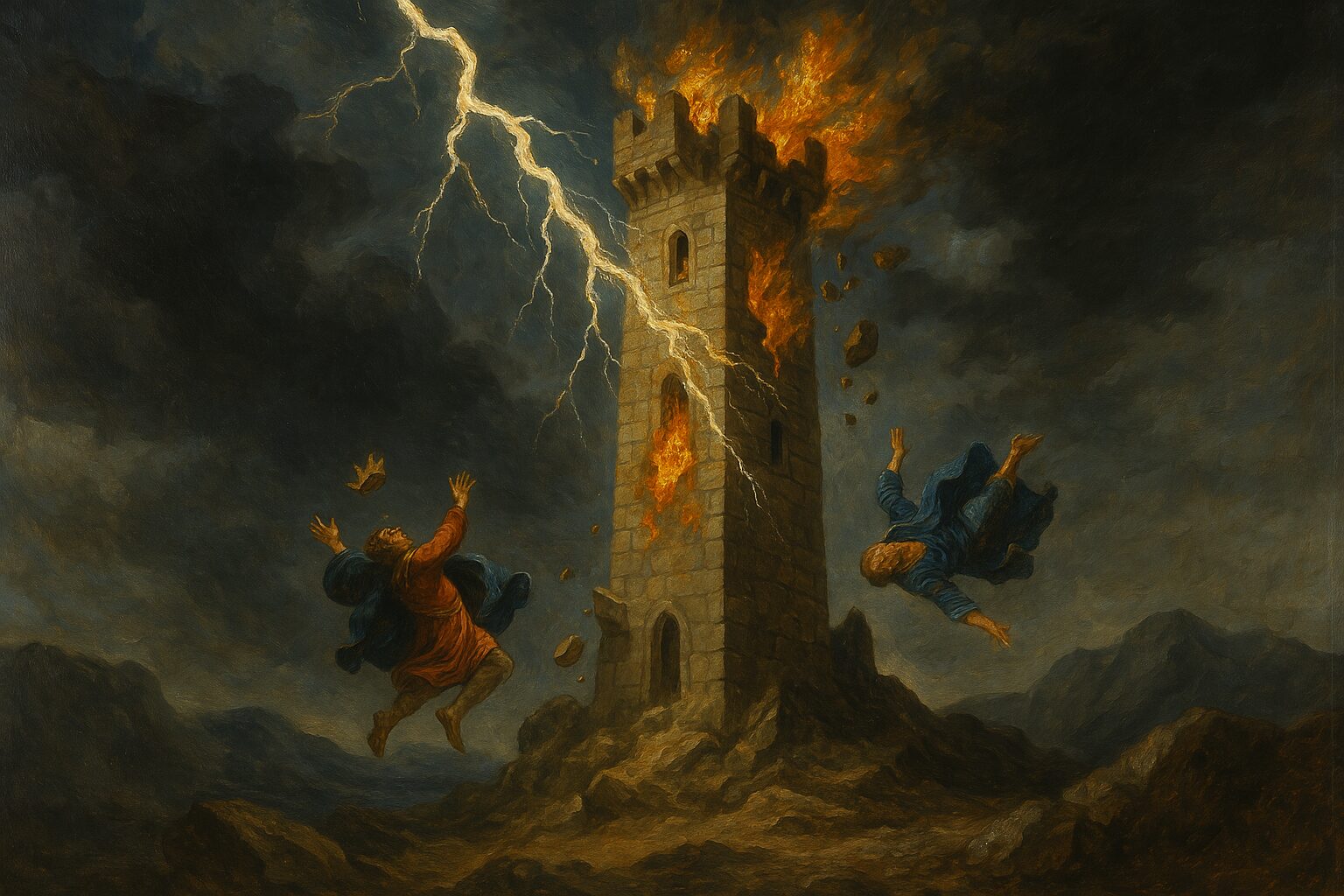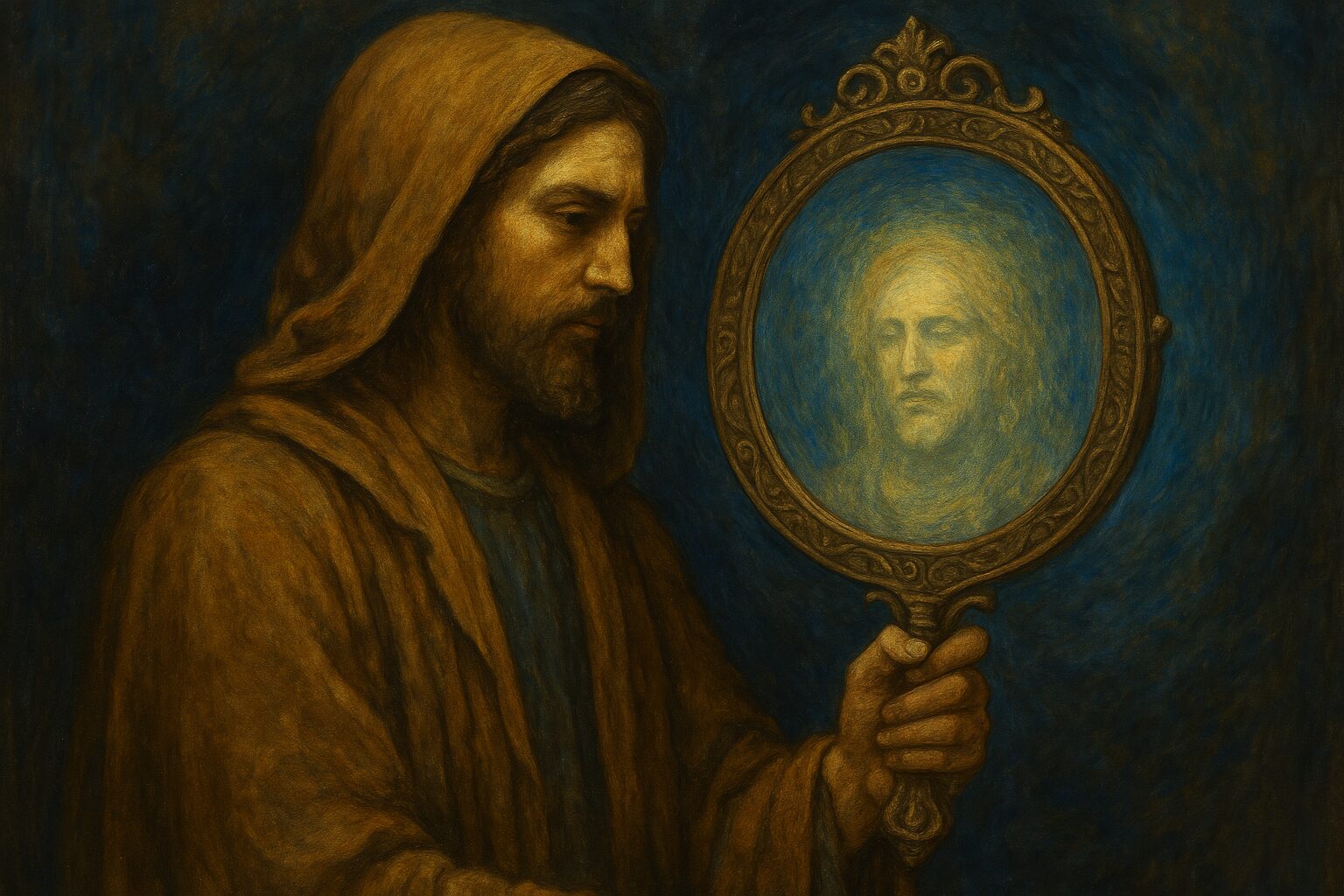“I awoke with bruises from a war not fought in flesh. The sword I raised was made of memory.”
— Fragment from the Diary of an Ethernaut
Introduction: Where Dreams and War Collide
Long before video games and sci-fi novels made astral projection cool, ancient mystics were already navigating dream realms as real terrains of spiritual work—and sometimes, spiritual warfare. Today, the idea of “fighting in dreams” sounds fantastical, but from Tibetan Buddhists to ceremonial magicians and techno-mystics, the concept of astral combat is alive and evolving.
This isn’t just metaphor. To those who walk the hidden path, the astral is a battlefield—and your mind is the terrain.
Ancient Origins: The Warrior Dreamers
In Tibetan dream yoga, practitioners train to remain conscious during dreams. The goal is liberation, but along the way, one may encounter hostile energies—wrathful deities, karmic projections, or malicious spirits. Here, the warrior must maintain clarity, compassion, and sometimes, wield symbolic tools: vajras, mantras, or mudras.
Similarly, Islamic mysticism warns of dream attack by jinn or shayatin. The defense? Recitation of sacred verses and invoking divine names while asleep. Early Kabbalists, too, taught that the soul travels at night and could be waylaid by dark forces—prompting bedtime rituals for spiritual armor.
“The astral body is a soldier; the dream is its battlefield; memory is the war journal.”
Modern Ethernauts: Lucid Dreamers as Explorers
Fast-forward to now: online lucid dreaming communities are full of stories that echo these ancient truths—accounts of shadow figures, psychic attacks, dream guardians, and symbolic duels. Some call themselves ethernauts, travelers of the liminal space, mapping out astral terrains with the precision of spiritual cartographers.
They report:
- Psychic ambushes during lucid dreams
- Protective symbols like glowing sigils or shields of intention
- Allies, appearing as guides, animals, or other dreamers
- Portals, both chaotic and ordered, leading into “deeper realms”
The Blade of Intention: Weapons in the Imaginal
What do you fight with in a place without matter?
The answer: intention.
Weapons in astral combat are forged from emotional clarity and symbolic resonance. A sword in a dream might be your will. A shield might be your faith. A mantra becomes a laser. A seal drawn in midair is a ward.
Occult Tip: The “fiery sword” often seen in dreams is connected to the Kabbalistic gevurah—the severity that cuts illusion.
Some practitioners keep a “dream arsenal”—visualizing and cultivating specific tools before bed, calling on them at will. Others prefer nonviolence, using shields of compassion, reflective mirrors, or dissolving shadows with awareness.
Training Grounds: How to Prepare for Dream Engagement
Whether you see dream combat as real, symbolic, or a psychic metaphor, the following practices are your training grounds:
🜁 1. Reality Checks:
Build awareness during the day to recognize when you’re dreaming.
🜂 2. Dream Incubation:
Before sleep, set intention: “If I face a challenge, I remain calm and lucid.”
🜃 3. Sigil Crafting:
Create a protective sigil charged with your chosen phrase (e.g., I walk in clarity and light).
🜄 4. Mantra Shielding:
Repeat a mantra mentally while drifting into sleep. Let it form a circle around you.
🜁 5. Post-Dream Reflection:
Keep a journal. Map symbols, allies, threats, and progress. Every dream is data.
Are We Fighting Ourselves?
Here lies the paradox.
Is the enemy a demon—or a part of you? Is the battle real—or your soul confronting its own unhealed trauma? In Gnostic and Jungian terms, these battles may reflect the struggle to integrate the shadow, reclaiming lost parts of the psyche.
The sword may slay… but it may also cut illusion.
Dreamwars in Pop Culture: Echoes of the Ether
This theme is not lost on artists and visionaries:
- Inception and Paprika explore manipulated dreamscapes.
- Doctor Strange’s astral battles are nearly textbook occultism.
- Even video games like Control and Alan Wake pull from dream-combat archetypes.
Culture remembers what mystics live.
Final Reflection
In the liminal twilight between sleep and waking, there is a realm that doesn’t obey physical law. There, you are not passive. You are not a dreamer—you are a warrior, a traveler, an alchemist of the subconscious.
The dream is not an escape. It is initiation.
And some initiations come with fire.


